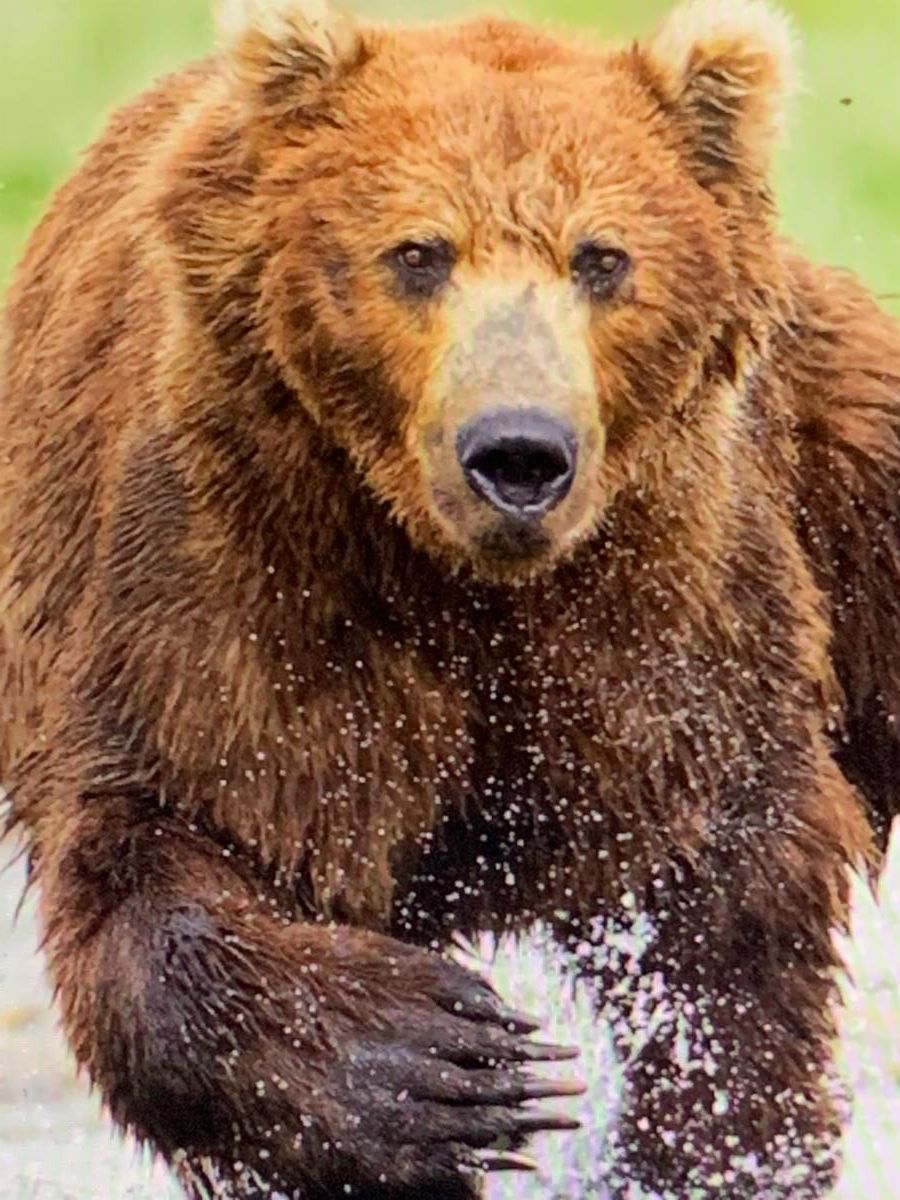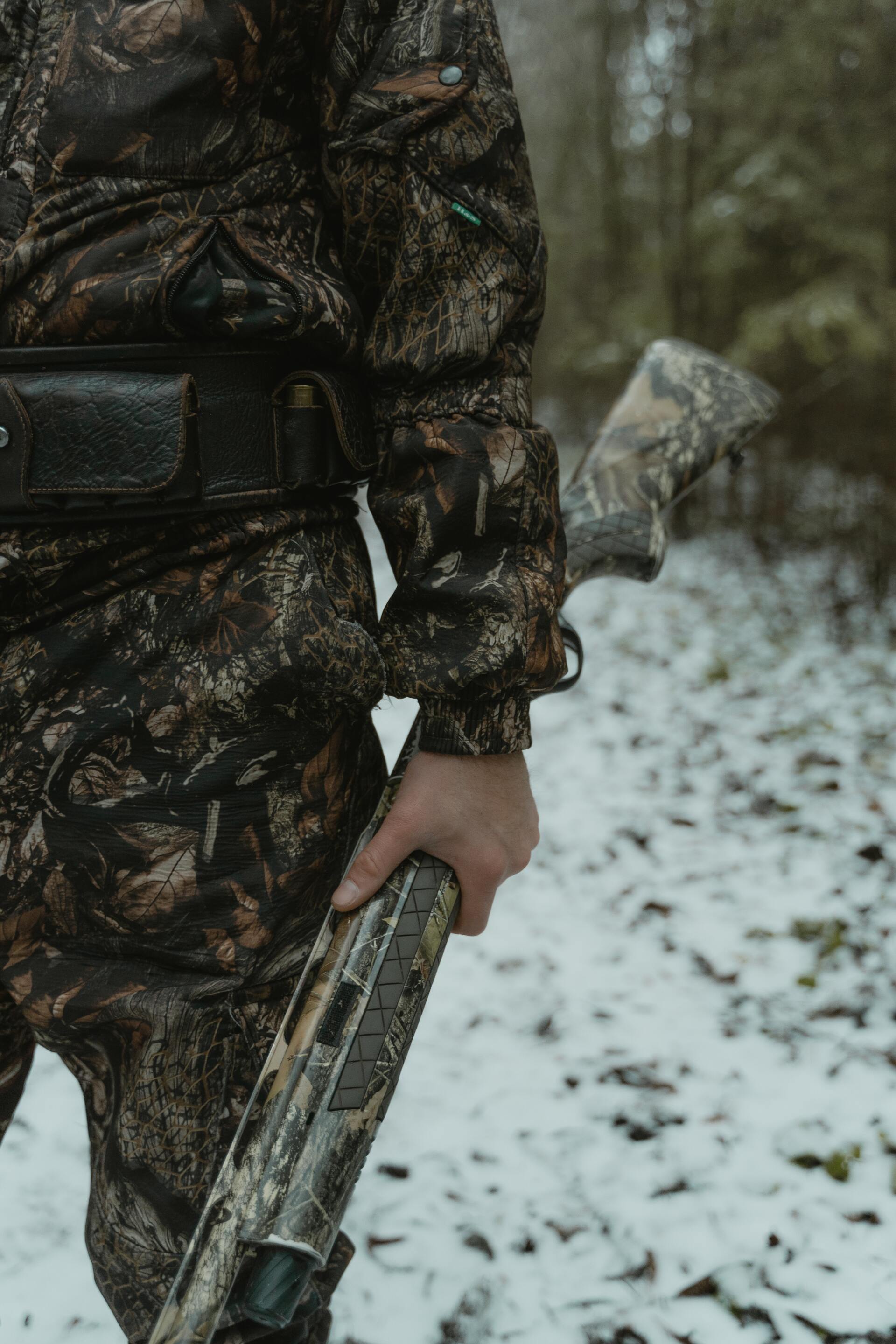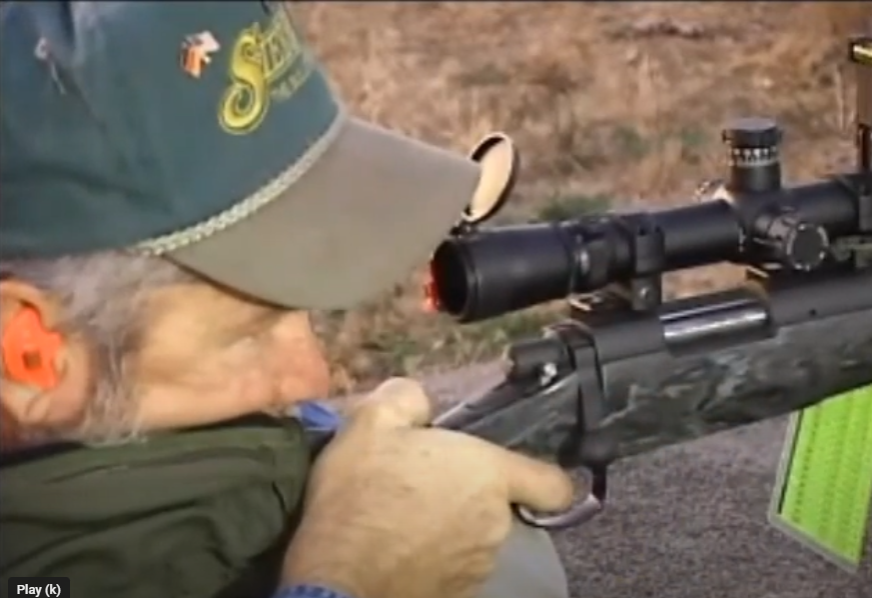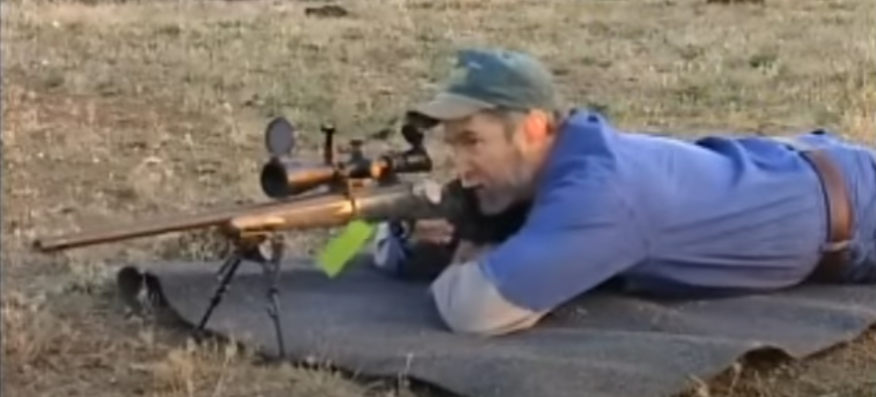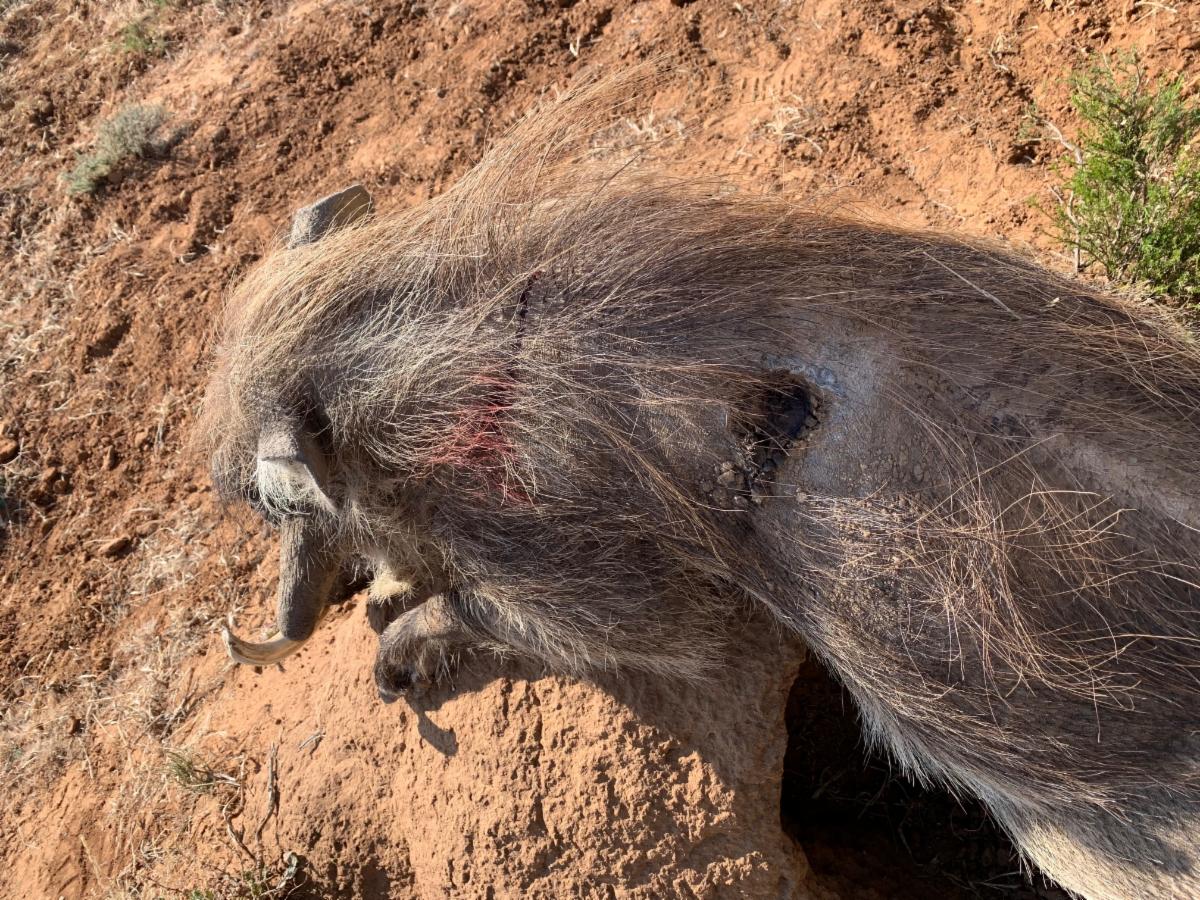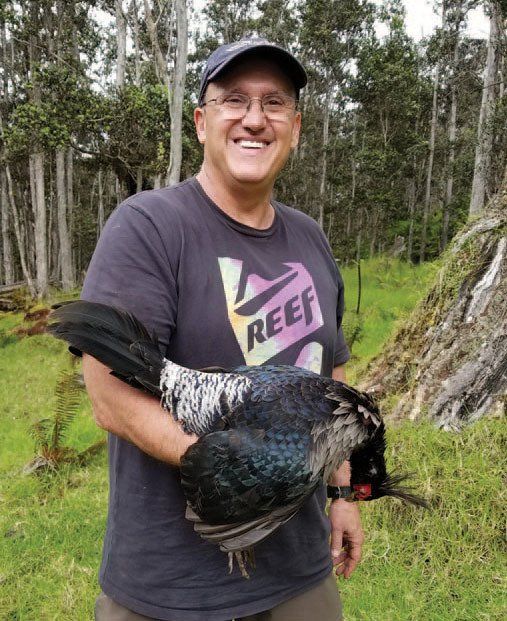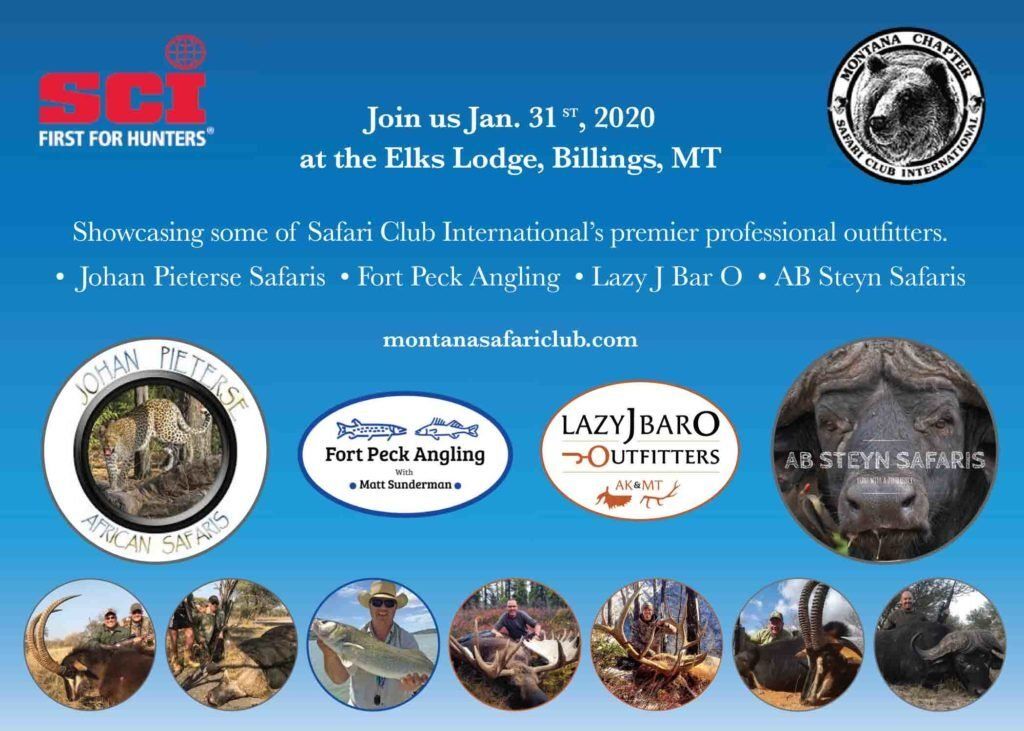It is easy to become lax after years of hunting and taking hundreds of animals without incident. Deer, elk, antelope, caribou, and coyotes can impart serious wounds and often death if we fail to make sure of their demise. Seldom does this occur in North America, provided the hunter does his/her job in approaching the animal from the rear and taking the necessary precautions (touching the animal with the muzzle or stick/rock) to make sure it is dead. Rubbing doe-in-heat scent on your clothing and chasing whitetail bucks can be another issue.
The big problem we face is when we hunt DANGEROUS GAME ANIMALS (animals with a bad attitude, or those who see us as a protein source). This will include but is not limited to: bears, big cats, cape buffalo, lions, leopards, elephants, hippos, crocodiles, wild boars, etc.
These four-legged critters will/can send you to the PEARLY GATES IN A HEARTBEAT if you fail to exercise proper caution in dealing with them. When wounded, or finding you between them and offspring, or an escape route, a mauling can be in your future.
Every year there are deaths or serious injuries in Africa when the hunter fails to do his/her part in ensuring the animal is down. Most PHs are very cautious when dealing with dangerous game, and adhere to the proper protocol to keep a client safe. Normally, it's the client that freezes, short cycles the rifle, panics, runs, or a hundred other combinations that result in death or injury.
Bad habits like failing to cycle the bolt after every shot, are commonplace, and fending off a bear, hippo, or cape buffalo with your buttstock seldom works. When training hunters for dangerous game, I try to induce stress, demand rapid bolt cycling drills, as well as implementing moving and shooting scenarios. If we do not train under stressful situations, we are apt to fail under dangerous situations.
Shooting school student Louis Baum has just returned from another successful African hunt for crocodile and hippo. Louis is a dedicated hunter who takes the craft seriously when he's in the field.
Hippos kill a large number of natives a year in Africa and can be a real menace if you are between them and the river. Those huge tusks can put 2-inch diameter holes in you with a single bite, much like a paper punch. Bears and cape buffalo often charge if the hunter is in sight when shot. Thick brush, willows and tangle can often deflect your follow-up shots, increasing the adreneline rush you get from a charging animal. Now the storyline becomes YOU or HIM.
So what's the best method to prevent such injury or loss of life? There are several things in my opinion: understanding dangerous game anatomy and incorporating multiple shots once the animal is down. Breaking down the running gear is a wise consideration; shoulder shots that also penetrate the heart/lung cavity also work well. Brain shots, only when the shooter is capable and the distance is short, preferably 100 yards or less.
We all like to brag on single-shot kills. However, when dangerous game is sought, I feel it is imperative to put additional shots into them, ensuring they will not resurrect as you walk toward them with an empty chamber.
Louis performed this technique on the hippo he shot; he made a perfect brain shot (the hippo was DRT after his first shot) but he followed up with 3 additional neck-shoulder shots, ensuring the animal never made it to the water or him.
Ammunition is cheap compared to EMERGENCY ROOM VISITS and/or a burial site in a foreign land.

